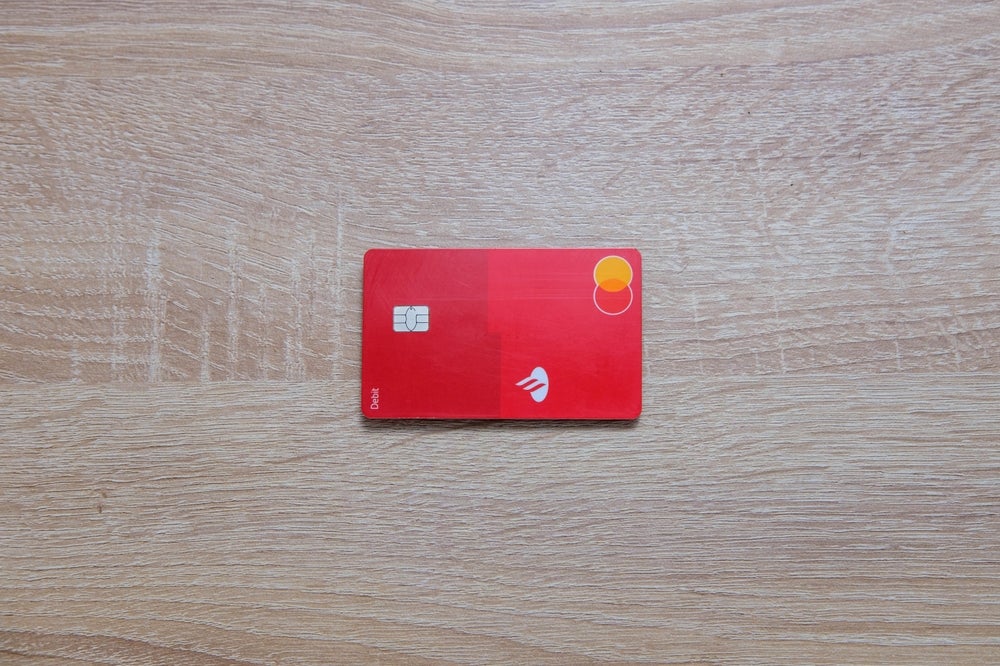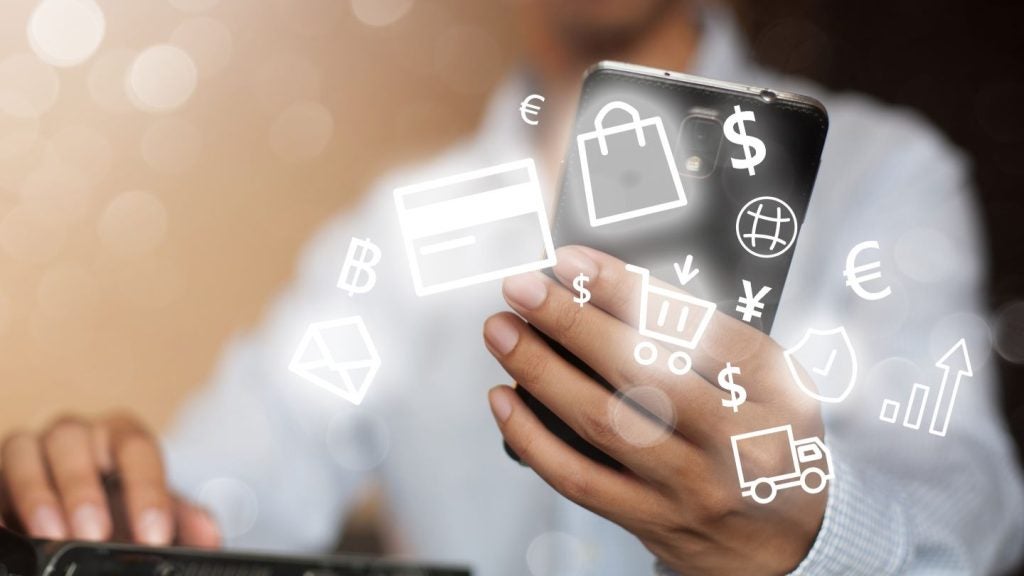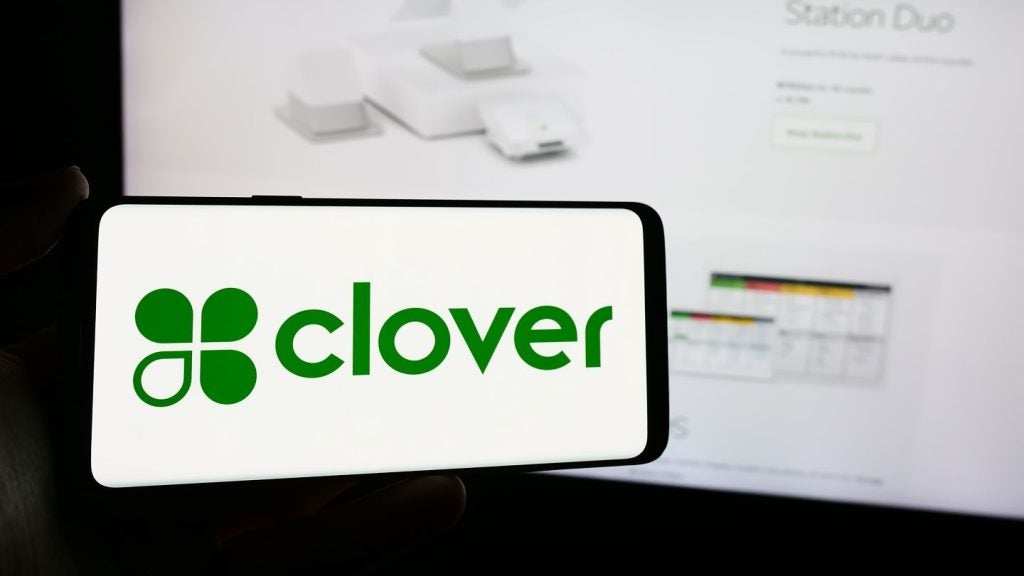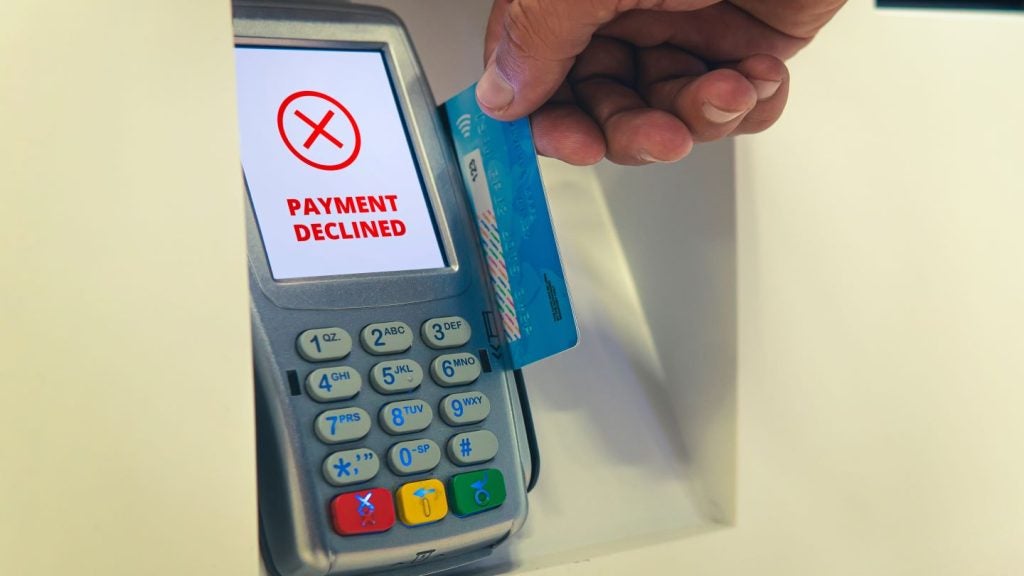Digital technology has altered nearly every facet of our daily lives, from how we communicate and keep in touch to how we shop and pay for things. For many, the digital wallet on our phone or computer has now replaced its physical counterpart, and the data to illustrate this ongoing shift is remarkable. Worldpay’s Global Payments Report shows that spending through digital payment methods in-person and online grew from $1.7trn in 2014 to $18.7trn globally in 2024, a nearly eleven-fold increase. The total value of digital wallet payments is expected to exceed $33.5trn by 2030.
This impressive growth trajectory shows no sign of slowing and has led some to question whether the likes of physical cards will soon become obsolete.
Now, Mastercard has announced plans to phase out 16-digit card numbers by 2030. Traditional card numbers have long been susceptible to fraud and identity theft. In theory, removing them should increase security for consumers while bringing added levels of convenience. By shifting to click to pay technology for a one-click checkout experience secured by tokenization, we could be seeing the changing tide in how we use our credit and debit cards.
Out with the old, in with the new?
If we’re to look at the UK market, digital wallets have had a profound impact on the payments landscape over the past decade. The value of e-commerce transactions conducted through digital wallets quadrupled between 2014 and 2024, accounting for £108bn in spending in the UK last year. Over the same period, the rise of digital wallets at point-of-sale (POS) has been equally impressive, rising from just 1% to 18% of total spend in the UK.
However, despite these figures, the idea that physical cards will soon become obsolete might be premature. In the face of alternative payment methods, such as digital wallets, UK consumers have remained loyal to cards, with £1trn of in-store and online spending completed through cards last year alone.
What this shows is that as innovation continues at pace, power ultimately lies with consumers. While a new type of payments technology could provide a host of benefits and create seamless payments journeys, consumers ultimately determine whether it will take off. We are firmly in an era of payments defined by consumer preference, and merchants must adapt and expand their offerings accordingly.
The staying power of trust
So, why might the physical card not be quite as close to becoming history as some may think?
From our analysis last year, we found that the adoption of new payment methods, such as Buy Now Pay Later (BNPL) and account-to-account (A2A) payments, is a complex cognitive and affective decision-making process for consumers. While convenience, incentives, risk, security and privacy all weigh into the decisions consumers make about how and where they buy goods, the most impactful driver for adopting a new payment method is trust.
Due to their tenure as a primary payment method in many countries across the globe, trust could be playing an important role in the continued use of physical cards. It’s likely why credit cards still account for nearly a quarter of all spending online and in store in the UK. At the same time, debit and prepaid cards account for 46% of the UK’s total in-store transaction value.
Moving with the times
At least for the UK, it’s unlikely that the physical card will become obsolete for some time yet. But there is a real need to address the security and fraud concerns that quite rightly underpin the conversation around their ongoing relevance.
With hackers becoming more sophisticated and continuously honing their tactics, this is no easy task and the need for robust cybersecurity measures is greater than ever. While phasing out its 16-digit card numbers is aimed at improving the data security of customers and reducing instances of fraud, there is a risk with any payment method. Continual investment in cybersecurity is essential in order to stay ahead of fraudsters across any payment type.
Encouragingly, AI and machine learning are already being leveraged by large fraud detection systems, building real-time models on a variety of data assets that can respond to new and emergent threats in a nearly autonomous fashion. Payments providers must strike the right balance between integrating robust cybersecurity measures and ensuring that consumers enjoy a frictionless payments journey, be that using a physical card or making an A2A payment.
Ultimately, while some payments methods – physical cards in this instance – may wane slightly in usage over time, they still play a crucial role in the UK’s diverse payments landscape. As such, the conversation should not be around whether or not one method may exist tomorrow or not. Rather, we should be focusing on how every payment method can continue to live up to the consumer demand for secure, fast and easy to navigate experiences amidst emerging threats and continually evolving preferences.

James Fry is head of enterprise product at Worldpay








